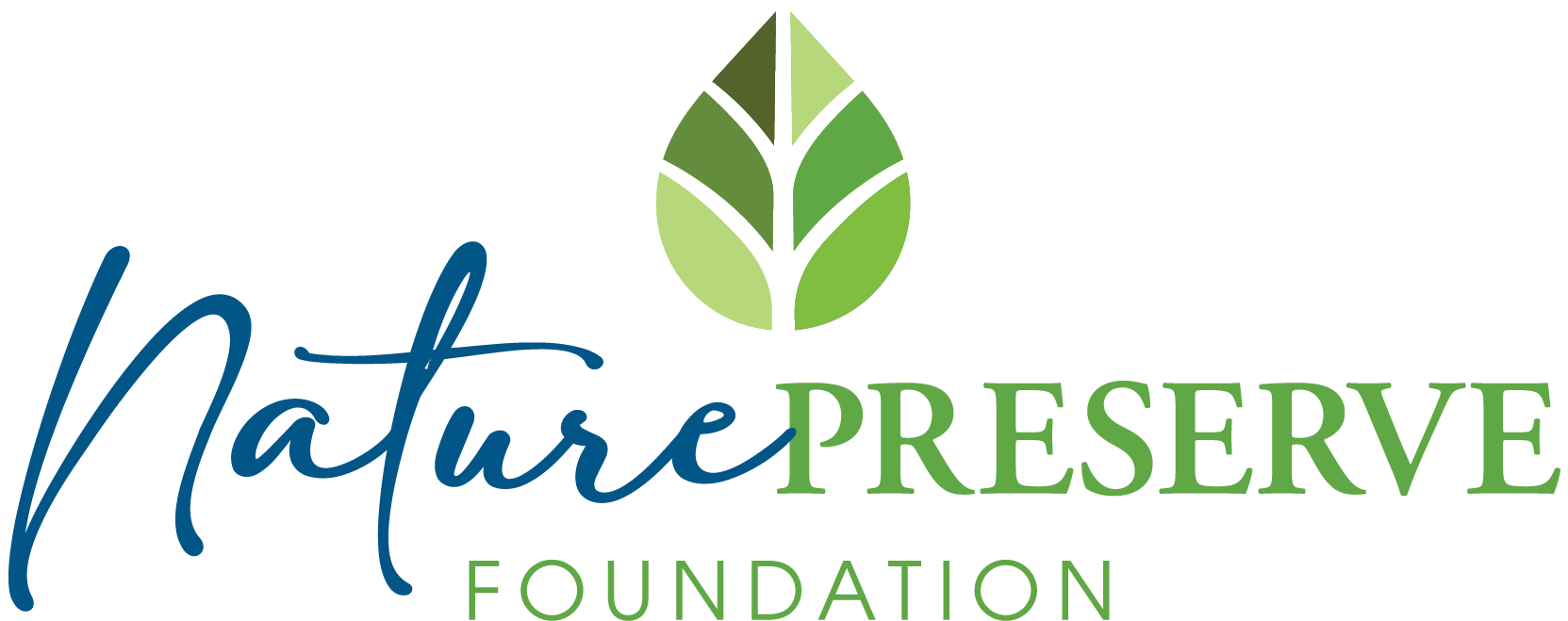Discovery Alphabet
An alphabet inspired by out Disovery Day Adventres!
Adaptation: a special shape, behavior, or body part that helps an organism survive.
Algal Bloom: large, visible masses of algae (plant-like organisms) that develop in bodies of water typically during warm weather.
Amphibians: cold-blooded, usually smooth skinned vertebrates of the class Amphibia, characteristically hatching as an aquatic larva with gills and then transforming into an adult having air-breathing lungs.
Aquatic: living or growing in water.
Biodiversity: the existence of a wide variety of plant and animal species in their natural environments.
Camouflage: a color or pattern that conceals an organism from predators by matching its background.
Carnivore: an animal that receives nutrition by eating other animals.
Cattail: a genus of about 30 species of tall reedy marsh plants with a unique flowering spike, flat blade like leaves that reach heights from 3 to 10 feet.
Conservation: the careful preservation, management, and protection of plants, animals, and natural resources.
Carapace: is the scientific term for a turtle’s top shell. Photo: Jim Schmidt
Community: interdependent populations of organisms living together in an ecosystem.
Decomposer: an organism that receives its nutrition by breaking down other matter or organisms into basic parts.
Diversity: the number of different species found in a given area.
Ecology: the study of interrelationships between living beings and their non-living surroundings.
Ecosystem: the relationship between many parts of an area; this includes relationships between living things like animals, plants, people, and microorganisms, and non-living things like water, soil, and sunlight.
Erosion: the movement of soil or sediment away from an area due to weathering, mainly from water.
Forb: the name for any flowering herb that is not a member of the grass family.
Forest: an ecosystem dominated by trees.
Frog: largely aquatic leaping anuran amphibians that have slender bodies with smooth moist skin and strong long hind legs with webbed feet.
Geology: the study of the Earth and its physical properties.
Germinate: to sprout or develop into a plant.
Habitat: the area in an ecosystem where a particular species lives.
Herbivore: an animal that feeds primarily on plants.
Invasive Species: a species that does not naturally occur in a specific area. When introduced, they may cause harm.
Marsh: low, soft, wet land that is often treeless and generally characterized by a growth of many plants including grasses and sedges.
Metamorphosis: a series of changes in body structures from the egg stage to an adult stage.
Migration: when an animal travels from one place to another because of a change in environment or resources.
Native: belonging to the area in which something lives. Cardinals are birds that are native to Illinois; flamingos are non-native birds.
Niche: an organism’s physical location and its role/function within that ecosystem.
Nutrient: something an organism takes in to promote growth and development.
Omnivore: an animal that receives nutrition from both plants and animals.
Organism: a living thing.
Photosynthesis: the process by which plants and other producers take nutrients out of the atmosphere using the sun’s energy to convert them to sugar.
Prairie: a type of habitat that is dominated by grasses, sedges, forbs, and was once found in abundance throughout Illinois.
Precipitation: any form of water that falls to the earth after accumulating in the atmosphere. (Rain, snow, sleet, hail)
Predator: an animal that kills and eats other animals.
Prescribed Burn: a management technique for habitats, in which fire is used to burn away excess biomass, help control invasive species, and more.
Prey: animals that are killed and eaten by other animals.
Producer: an organism that can produce its own food, most often through the process of photosynthesis.
Runoff: excess water from rain or melted ice/snow that runs off the land into streams, ponds, or other surface water. Runoff can carry potentially harmful pollutants.
Scat: the feces or poop of an animal; scientists can tell what animals have been in an area by identifying types of scat.
Sedge: a grass-like plant that grows in wet places.
Soil: substance of the earth containing a variety of small rock particles and decaying organic matter.
Taxonomy: the scientific study of naming and grouping living things.
Toad: anuran amphibians that are distinguished from the related frogs by being more terrestrial in habit, though returning to water to lay their eggs, by having a build that is squatter and shorter with weaker and shorter hind limbs, and by having skin that is rough, dry, and warty rather than smooth and moist.
Watershed: an area of land that contains a set of streams and rivers that all drain into one larger body of water.
Wetland: land that is covered with water all or part of the year. (Swamps, bogs, marshes, river/stream banks)
